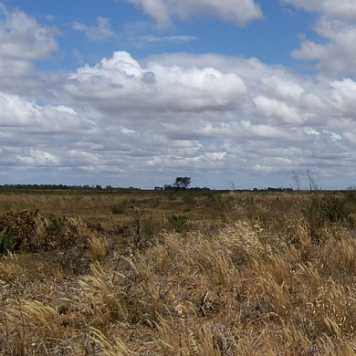Impacts of land-atmosphere interactions for changes in aridity index under global warming
Aridity as measured by the aridity index is projected to increase over land under global warming. So far, the main focus has been on influences of the warming ocean and atmospheric processes in driving these changes. New results from global climate model simulations identify land-atmosphere interactions as additional important drivers for this tendency in climate change projections.

A new external page Nature Climate Change study co-authored by Sonia Seneviratne and Ruth Lorenz identifies that soil moisture-atmosphere feedbacks are a main driver for diagnosed increases in aridity index in climate change projections, contrary to previous studies which only emphasised the role of ocean warming and associated atmospheric processes.
The results from the study are based on simulations of the "Global Land Atmosphere Coupling Experiment - Coupled Model Intercomparison Project Phase" (GLACE-CMIP5) which Sonia Seneviratne coordinated together with Bart van den Hurk at KNMI.
Reference
A. Berg, K. Findell, B. Lintner, A. Giannini, S. I. Seneviratne, B. van den Hurk, R. Lorenz, A. Pitman, S. Hagemann, A. Meier, F. Cheruy, A. Ducharne, S. Malyshev and P. C. D. Milly (2016). Land-atmosphere feedbacks amplify aridity increase over land under global warming, Nature Climate Change, external page http://doi.org/10.1038/nclimate3029